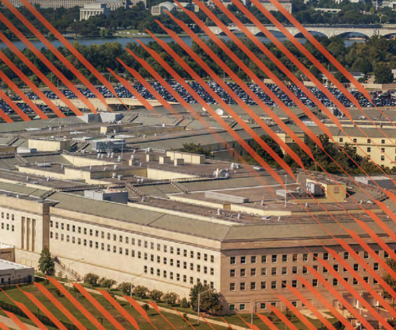Army wants help with next-gen C5 tech
The Army is looking for research proposals that can address new requirements and development of maturing technologies in command, control, communications, computer and cyber.
The Army is testing the waters for new developments in command, control, communications, computer and cyber (C5).
While in the early and prototyping phases, the Army Contracting Command said in its sources sought notice that it wants a consortium to perform integrated and coordinated research and development in order to reduce the Defense Department’s reliance on legacy systems, pursue emerging and mature technologies in operationally relevant environments, and conduct research in innovative information assurance and cyber operations, to name a few.
“The government is seeking to collaborate with a consortium to perform a coordinated research and development program designed to attract new technologies and spur development of basic and advanced prototypes which are critical to the modernization of the DOD,” the notice said. “In both the near and long term, the DOD is interested in application and technologies for command, control, communications, computer, and cyberspace to directly enhance mission effectiveness of military personnel and the supporting platforms, systems, components or materials. Collaboration among industry, university, and government will facilitate continued U.S. military supremacy in these technology areas.”
The notice listed potential technology applications that could include situational awareness through the visualization of key cyber terrain and understanding of actions occurring, prediction and hunting of internal cyber threats and vulnerabilities, protection of networks, IT platforms and data by controlling inbound and outbound traffic and secure operation of networks through automated scanning or remediation of vulnerabilities, among others.
Specific C5 programs listed by the notice included:
Offensive cyberspace operations, which requires the development, demonstration, implementation and transition of technologies that support operations to project power by the application of force against enemies and adversaries through cyberspace. The notice also lumped electronic warfare tools into this category as well.
Defensive cyberspace operations, which requires the development, demonstration, implementation and transition of technologies that support operations conducted to defend DOD or other friendly cyberspace and preserve the ability to utilize friendly cyberspace capability.
DOD Information Network operations, which requires the development, demonstration, implementation and transition of technologies that support operations to design, build, configure, secure, operate, maintain and sustain networks including technologies to build in resiliency
Systems security, which requires the development, demonstration, implementation and transition of technologies to improve DOD’s cyber-warfare capabilities in the offensive and defensive posture as well as weapon system cyber security, concepts and designs that address threats, vulnerabilities and cyber security requirements of systems.
Control systems, which requires the development, demonstration, implementation and transition of technologies that improve control system concepts and designs that address expanded performance, ranges and advanced technologies to increase targeting precision and situational awareness. The notice stated that these encompass both lethal and non-lethal measures.
Automation systems, which requires the development, demonstration, implementation and transition of technologies that improve concepts and designs that address DOD information technology needs including logistics systems support and software development, data architecture and design, enterprise solutions, produce lifecycle management and training.
Hardware and software performance analytics, which requires the development, demonstration, implementation and transition of technologies that improve hardware and software performance concepts and designs that address system engineering and integration services for weapon systems, research and development programs, modeling and simulation as well as using data to develop and improve or refine products and analysis tools
Emerging software and hardware technologies, which requires the development, demonstration, implementation and transition command, control, communication and computer technologies, systems, concepts and designs that address the broad and diverse capabilities in research, prototyping, software development, testing, advanced engineering development and training for weapon systems and networks to achieve greater levels of tactical autonomy and security.
Responses are due Mar. 4, 2016.




